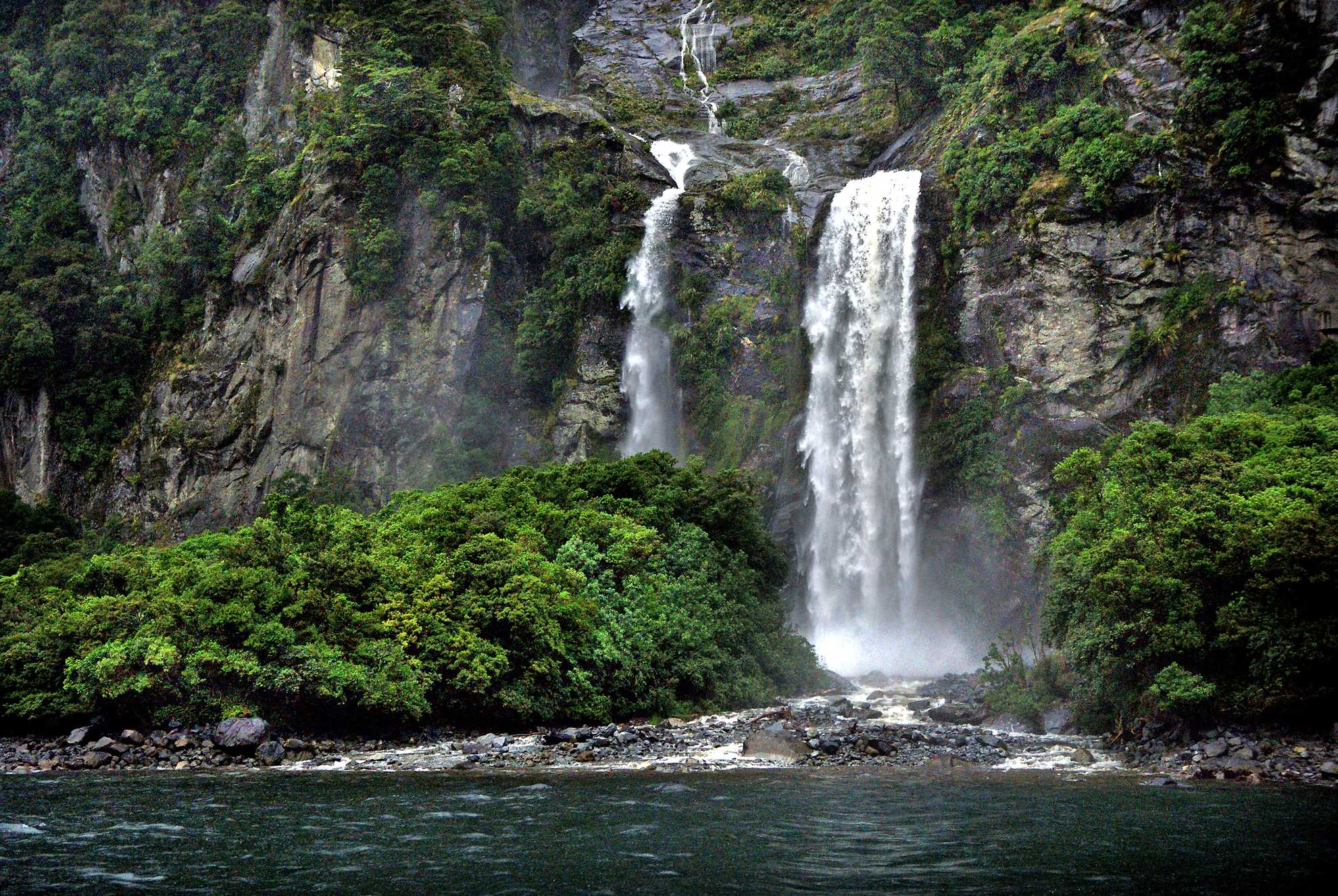History
Wholesale reform of New Zealand’s environmental laws occurred during the 1980s. This culminated in the enactment of the Resource Management Act 1991 which endeavoured to incorporate into one statute the law relating to the use of land, air and water.
f4463101-9ea1-4a33-9aa1-75122daece84
This remains a key piece of environmental legislation within New Zealand, although many environmental resources are managed under other legislation.
The Resource Management Act has been extensively amended since its enactment and it now has over 400 sections and several schedules. In 2023, the Labour Government repealed and replaced the Resource Management Act with the Natural and Built Environment Act 2023 and the Spatial Planning Act 2023. These laws were repealed shortly after their enactment when the Government changed, returning the majority of New Zealand's environmental management to the Resource Management Act.
The current Government has committed to replacing the Resource Management Act with new laws premised on the enjoyment of property rights as a guiding principle.

The concepts underpinning the Resource Management Act were based on developments in both international and local thinking over the previous 20 years. The 1972 Stockholm United Nations Conference on Environment and Development provided the first forum for international debate on concepts such as integrated environmental management and sustainable development.
A subsequent audit of New Zealand's environmental management by the Organisation for Economic Co-operation and Development, which resulted in a report titled Environmental Policies in New Zealand in 1981, highlighted the need to improve environmental management locally. In 1981, the Nature Conservation Council prepared a report titled Integrating Conservation and Development: A Proposal for a New Zealand Conservation Strategy. This was one of the first documents to identify how the key ideas underlying the concept of sustainable development could be applied in New Zealand.
At the same time, during the early 1980s, there was a growing appreciation that key environmental legislation, including the Water and Soil Conservation Act 1967 and the Town and Country Planning Act 1977, needed to be reviewed. Later that decade, the new Labour Government began to investigate and implement institutional reform for environmental management at both the national and local government levels.
Work began on formally reviewing a number of environmental statutes in July 1988, after the Labour Government was re-elected to power. In December 1988, the government issued a proposal for a single integrated resource management statute that would replace the many existing statutory procedures. After an extensive consultation process, the Resource Management Bill was introduced into Parliament in December 1989, but the Labour Government lost power in 1990 before it was passed into law.
The new National Government decided to continue with the Bill, but first gave it to a Review Group for further consideration. As a result of the review, the minerals section was dropped from the Bill (and enacted separately as the Crown Minerals Act 1991) and other changes made. A revised Act was passed by Parliament in August 1991.
When enacted, the Resource Management Act repealed 78 statutes and regulations, and amended numerous others, to provide a single piece of legislation for the management of land, water, soil and air throughout New Zealand. The Hazardous Substances and New Organisms Act 1996 subsequently replaced the hazardous substances section of the Resource Management Act.
Some significant resource management activities are outside the jurisdiction of the Resource Management Act. These include the harvesting of fish, shellfish and seaweed stocks which are managed under the Fisheries Act 1996, marine pollution from ships which is managed under the Maritime Transport Act 1994, and most activities in the Exclusive Economic Zone and Continental Shelf which are managed under the Exclusive Economic Zone and Continental Shelf (Environmental Effects) Act 2012. The Resource Management Act does not, therefore, provide a fully integrated resource management regime.
-
Preamble, Resource Management Act 1991
Last updated at 10:27AM on February 4, 2025
